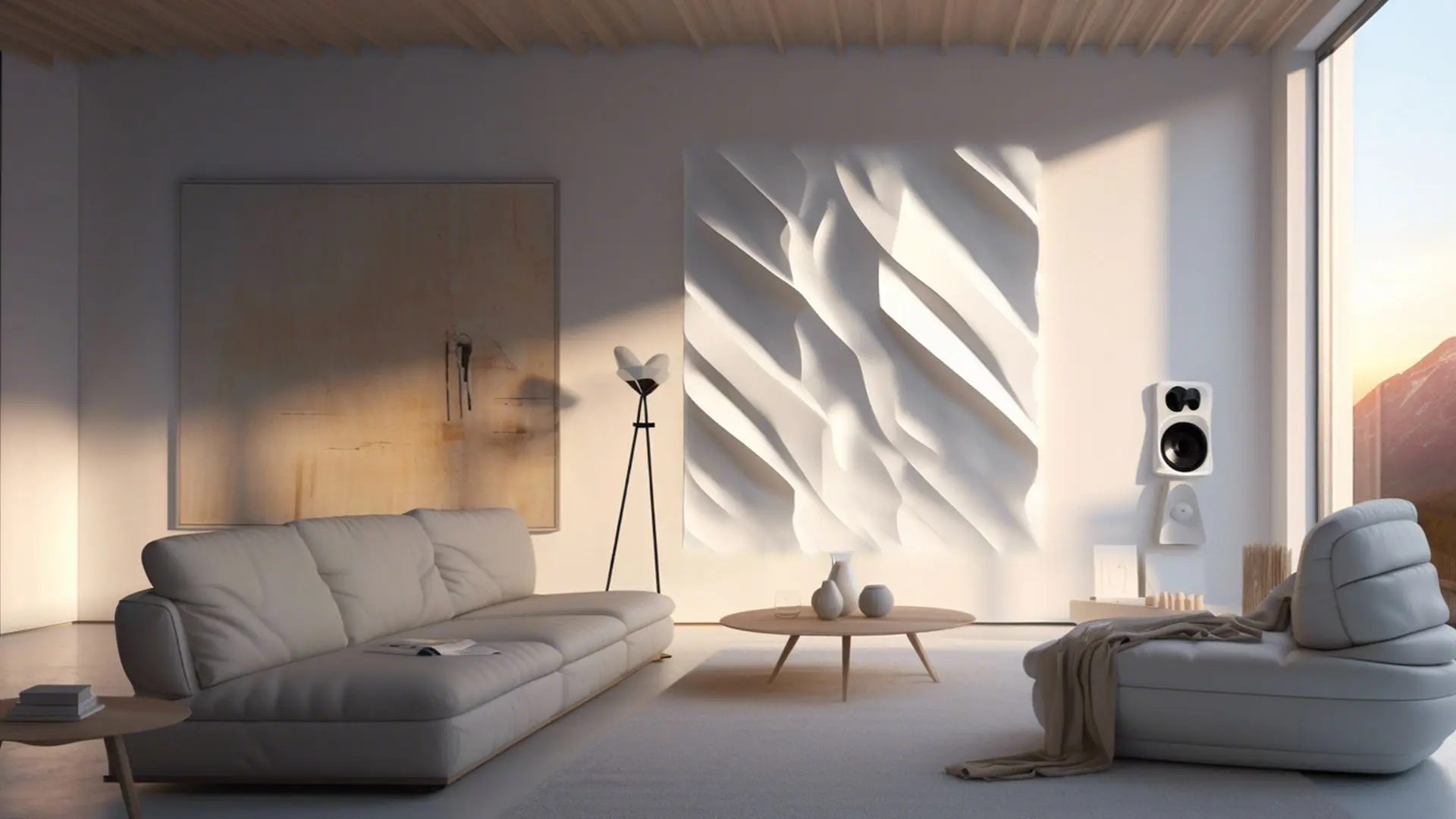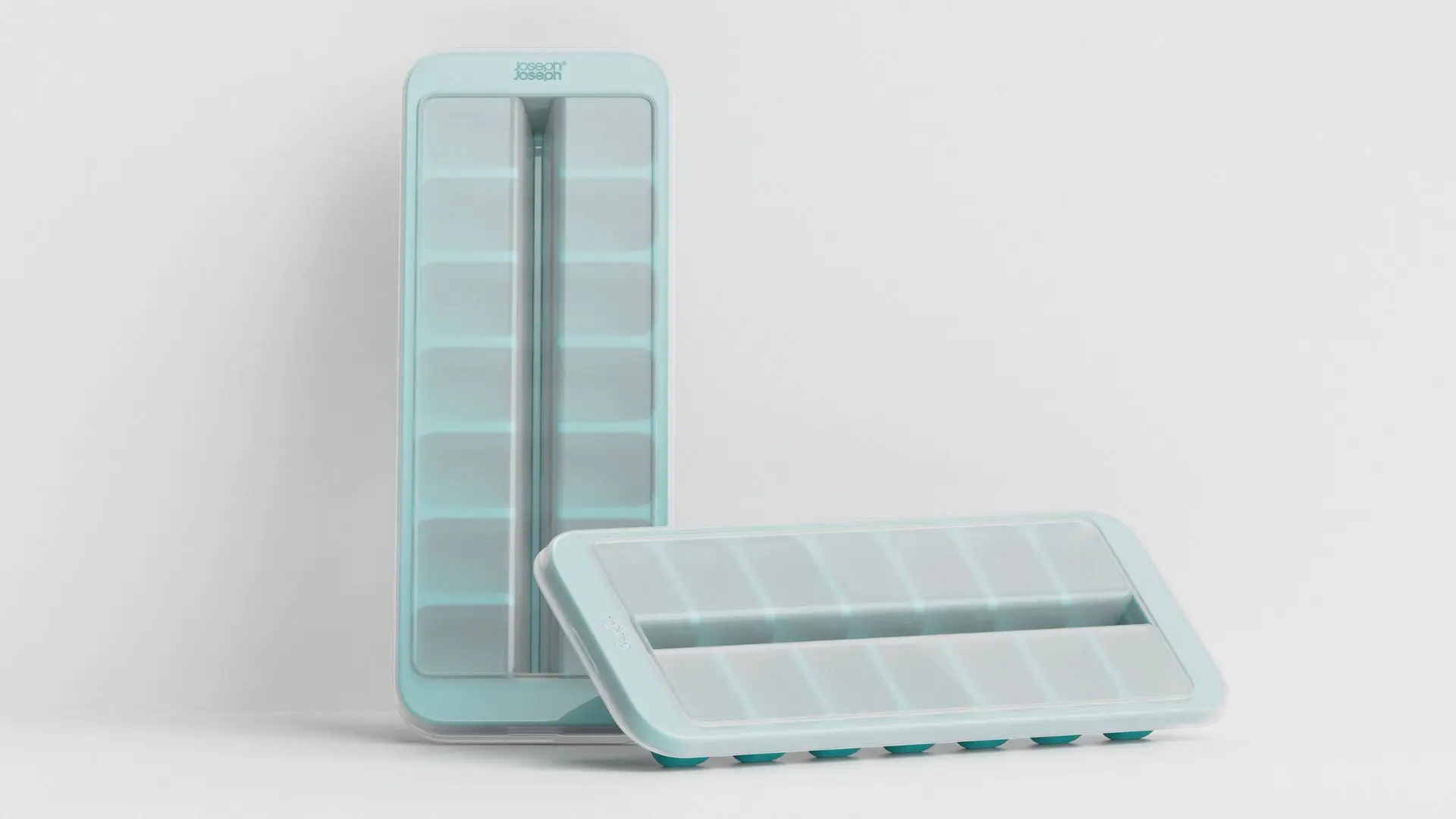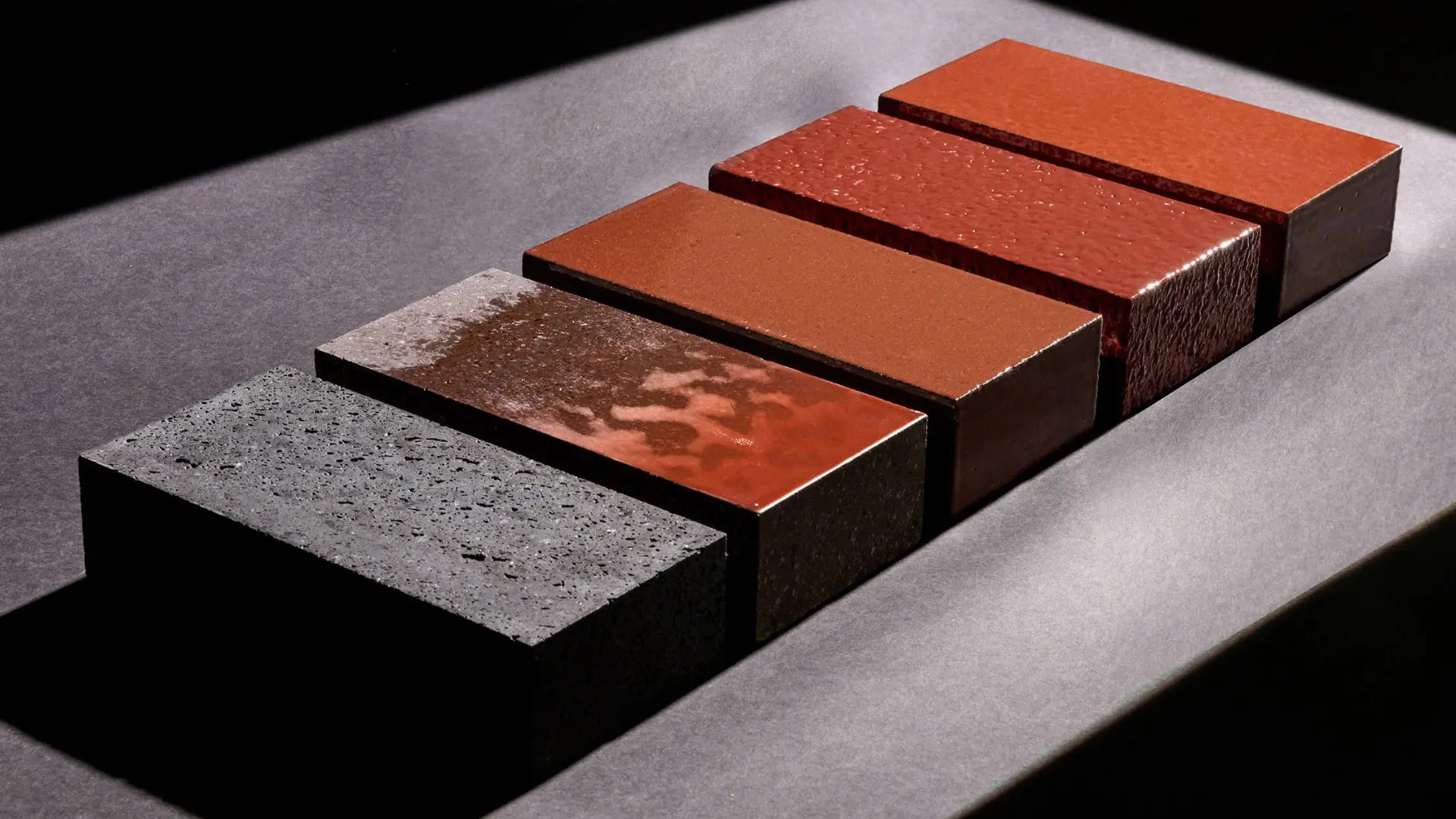Reimagining craft: unveiling the potential of emotional Design using AI
CoWave introduces a groundbreaking approach that fuses neuroscience and artificial intelligence to create personalized 3D-printed acoustic panels, uniquely crafted to reflect the user’s emotional responses.

Aga Blonska, an architect and designer specializing in digital fabrication and large-scale 3D printing, has pioneered an innovative approach with her project, CoWave. Recently showcased at Dutch Design Week in Disclosure, an exhibition curated by our partner Isola Design, CoWave was featured alongside forty independent designers and studios, each presenting unique collectible pieces and contemporary designs across thematic sections.
Drawing inspiration from Juani Pallasmaa’s writings, Blonska set out to design in a way that transcends mere form and function, engaging deeply with the emotional experiences of those interacting with her creations. CoWave uses EEG technology to capture positive brainwave responses as users view curated visual stimuli, with an AI system translating these emotional responses into distinct, resonant designs.

To gain further insight into how CoWave works, we asked Blonska a few questions to make her groundbreaking approach more accessible to the wider design community. Since emotions are central to the human experience and in design often represent the “empathetic” side of a project or product, we couldn’t ignore the impact of Blonska’s vision.
Who is Aga Blonska? How did your journey in the world of design begin?
Aga Blonska:
“I am an architect and designer specializing in digital fabrication and large-scale 3D printing. My journey began with a curiosity about how technology can change traditional architecture. I’ve worked at renowned studios like Aectual, DUS Architects, and Studio RAP, where I developed my skills in innovative design. This experience deepened my passion for research-driven design, pushing the boundaries of building and materiality. Now, as an independent architect, I collaborate with tech companies and universities to offer creative consulting and 3D print design, focusing on solutions that merge technology, creativity, and sustainability.

I graduated from the University of Fine Arts in Poznan, Poland, in 2011 with a degree in Engineering Architecture and have been exploring the future forms of architecture with a focus on sustainable outcomes ever since.”
What is CoWave? How did the idea for such a project come about?
Aga Blonska:
“CoWave is an innovative design method that combines neuroscience and artificial intelligence to create personalised 3D-printed acoustic panels. The idea came to me over two years ago when I began to question whether designing using emotions rather than just our hands was possible. I was inspired by Juani Pallasmaa’s books, The Eyes of the Skin and The Thinking Hand, where he describes architecture as a sensory experience. As a designer, I’ve always been driven by the emotional aspect of the design process, not just in creating forms but in thinking about the feelings and perceptions of the people who experience them. CoWave integrates this emotional intelligence into every design aspect, from material selection to form.

With over 13 years of experience in architecture and 9 years in large-scale 3D printing, I wanted to create a design method that fully embraces advanced digital fabrication technologies while positioning the designer as a curator of the entire process.”
How does CoWave work exactly? How are emotions detected and translated into design?
Aga Blonska:
“CoWave uses EEG technology to capture users’ positive brainwave responses to visual stimuli, especially attuned to positive emotional responses. The user views 25 reference images I typically use during a session in my design process. The EEG scanner detects these responses, and the collected data is sent to an AI engine trained to interpret and generate designs based on a preferred aesthetic.
The AI then creates images that visually represent the user’s emotions. From one of these images, a 3D model is generated, ready to be 3D printed. This method allows for the creation of unique, personalised acoustic panels that are functional and deeply connected to the user’s emotional state.”

How can one recognize emotions in an object made using the CoWave method?
Aga Blonska:
“Emotions are expressed through the design patterns. More vibrant and dynamic patterns indicate a higher emotional engagement during the session. If a person is fully focused, their brain will respond more clearly to the visuals, resulting in richer designs. Conversely, if someone is tired or distracted, the patterns will be more subdued, leading to simpler designs. The CoWave method captures these emotional variations and translates them into the final product.”

What other potential applications do you envision for the CoWave method, and what kinds of final outcomes could it produce?
Aga Blonska:
“The CoWave method offers endless possibilities for personalizing products based on human emotions. I am currently developing a feature that allows users to create their own visual stimuli, drawing from images captured during gallery visits or museum experiences. This innovation will enable individuals to generate unique objects that directly reflect their emotional responses to these visual encounters.
The potential applications span beyond acoustic panels; they could be used for furniture, art, or architectural elements, all tailored to the user’s emotions.”















